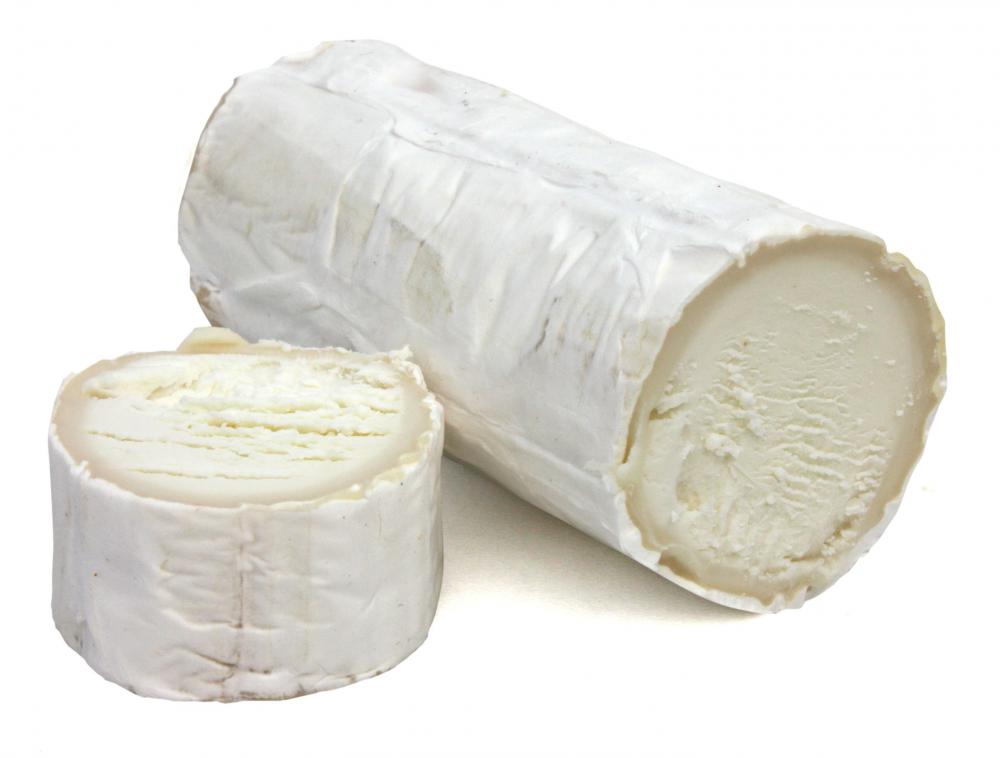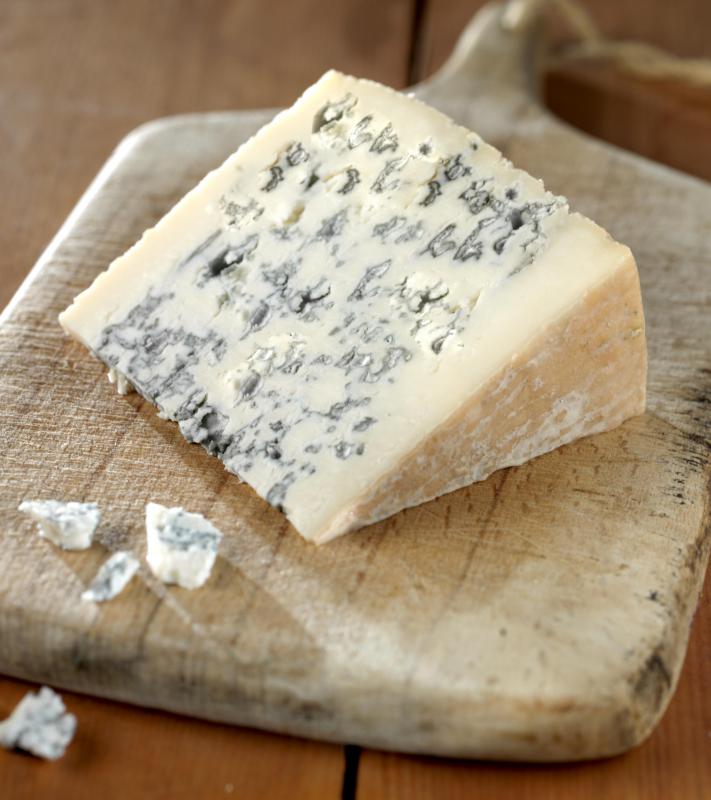At WiseGEEK, we're committed to delivering accurate, trustworthy information. Our expert-authored content is rigorously fact-checked and sourced from credible authorities. Discover how we uphold the highest standards in providing you with reliable knowledge.
What else Should be on a Cheese Plate?
Cheese plates are excellent for parties and serve as wonderful appetizers for both casual and formal gatherings. A cheese plate is versatile, because you can tailor it to your event and the number of guests by altering the presentation and accompanying foods. Whether you are having an event catered or doing it yourself, you can create an appetizing cheese plate by including the appropriate accompanying foods.
For casual gatherings such as family reunions or birthday parties, a cheese plate could hold cubed or sliced cheese. Casual gatherings are well suited for finger foods. Sliced cheese goes well with rolls of lunch meat, crackers of various grains and textures, small slices of bread, mixed nuts, and olives. You might also include an artichoke or spinach dip. This allows guests to create small finger sandwiches on bread or crackers to snack on while waiting for the main course to be served.

You can use cubed cheese for both formal and casual gatherings. If your event has children in attendance, you might want to include pretzel sticks and butter crackers with cubed cheese, and maybe even pieces of fruit such as grapes, strawberries, or blueberries. Avoid fruits that brown like apples and bananas. This is the type of finger food that appeals to most kids, and many will prefer these snacks to the main course.

Formal affairs where wine will be served may require more delicate attention to the cheese plate. Cheese and wine are commonly paired together. A cheese plate at a formal event should include different types of cheese to accompany the wine being served. You can get a cheese and wine guide for specific pairings, but as a quick guide, try the following pairings.

With white wine, serve Colby, Gorgonzola, Monterey Jack, Provolone, and Swiss on your cheese plate. With red wine, serve Muenster, Feta, Bleu, and Roquefort cheeses. Cheddar is the most forgiving cheese on a cheese plate and goes well with both wines, though mild cheddar is best reserved for white. You may also want to include olives, shrimp, or shellfish on a cheese plate at formal gathering with wine or champagne.
AS FEATURED ON:
AS FEATURED ON:



















Discussion Comments
I love cheese, crackers and fruit, but I've never been much of a wine drinker. It's just always harsh tasting to me.
I'd also have apple slices on a cheese plate. Apples seem to pair well with most cheeses and they're available year-round.
I think grapes should always be included on a cheese plate. They really complement the cheeses. Just make sure they're fairly sweet and definitely seedless.
Crackers are another definite. I like the whole wheat or cracked wheat crackers, although buttery crackers are good, too.
Post your comments